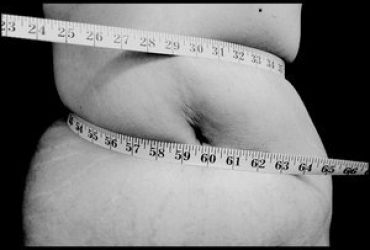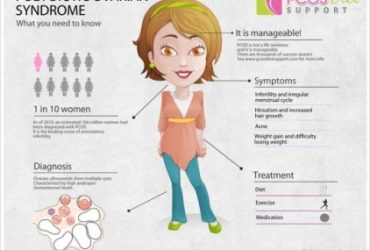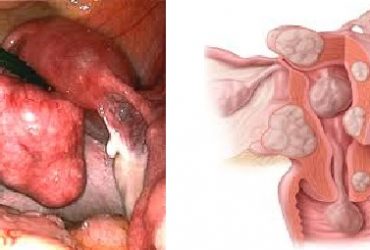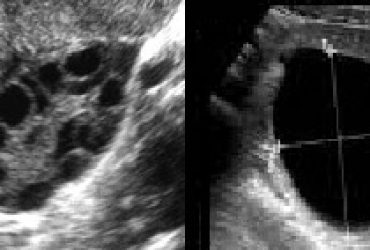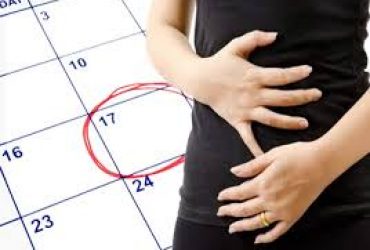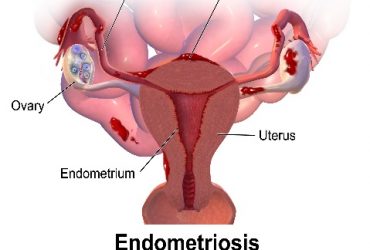Dysmenorrhea – Pain during menstrual periods
Introduction
This is a very common problem reported in approximately 85% of females. They are usually mild to moderate in intensity, but one in five women report a severe pain disturbing the life routine. Although disturbing, moderate dysmenorrhea is a reassuring sign because it usually means the woman is ovulating regularly since the pain is usually resulting from the hormone variation which follows ovulation.
Medical definition of period pains
This is pain occurring only during menstrual periods, some types start few days before the period, but the pain should fade away by the end of the period. There are two main types of dysmenorrhea. The first type is the physiological/natural type. This is a well localized cramping pain in the midline of the lower abdomen. It results from contractions of the womb’s muscles, and it usually lasts only during the first 2 days of the period. This is the commonest type seen in young adults, especially before the first pregnancy.

The second type is the secondary/pathological one. This may be the result of different diseases of the pelvic organs. For instance, there is there is the secondary crampy subtype, caused by endometriosis, which begins on the first day of bleeding and lasts to the end of the period.
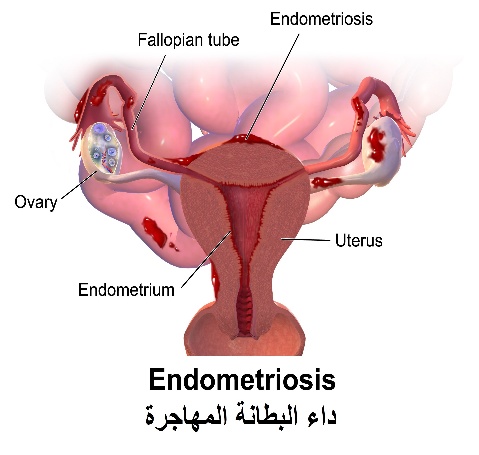
The other subtype of secondary dysmenorrhea is the congestive type, which is due to congestion and swelling of the pelvic vessels and feels like an ill-defined dull aching pelvic heaviness in the whole of the lower abdomen and back. This is more common in older women and may be seen in cases with fibroids or ovarian masses or pelvic inflammation.
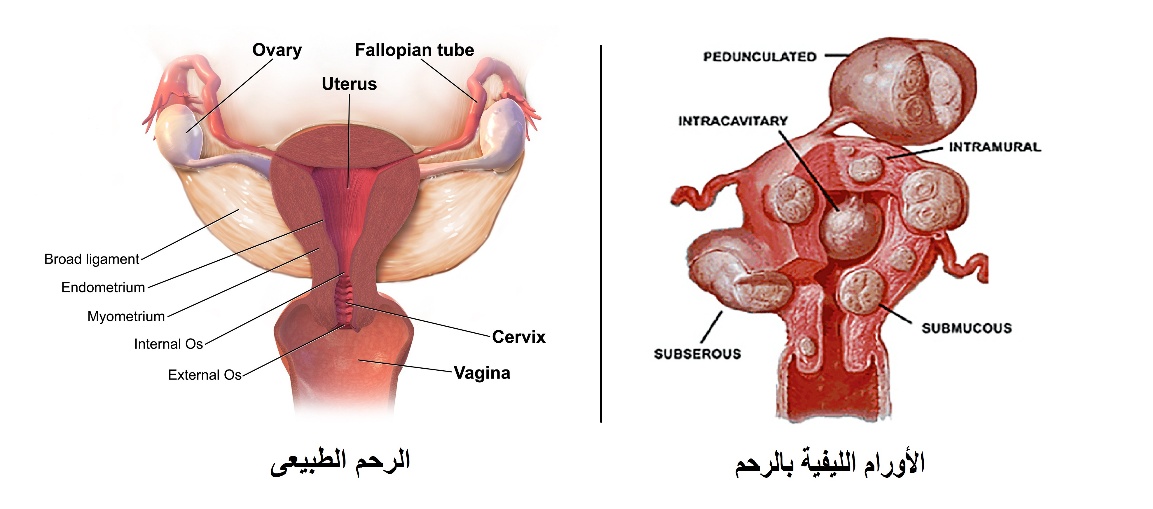
Treatment of dysmenorrhea
It is always advisable to see a consultant gynecologist, since there are a lot of natural non-medical methods which may help without having to use medicines. Also, an experienced doctor would differentiate physiological cases from those due to a disease. This is crucial since a simple complaint such as menstrual pain may occasionally be the only clue to diagnose a more serious problem such as a fibroid or endometriosis. Furthermore, when secondary to other diseases, dysmenorrhea will never be properly controlled until the disease causing it is treated.
Prior to medical treatment, one may try more prolonged resting, light exercises, Yoga and/or acupuncture.
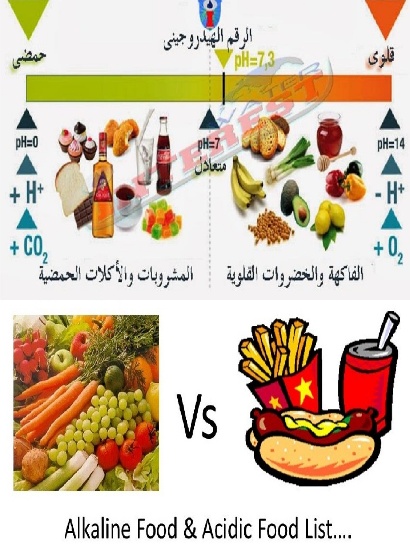
Types of food which help improve the pain
Light meals with hot food low in fat content and food additives are advisable.
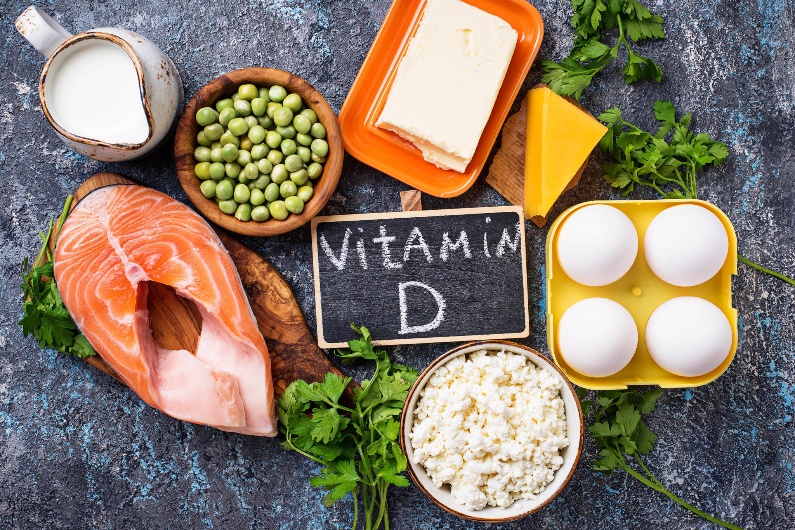
It is best to avoid white sugar, caffeine, chocolate, and sweets. On the other hand, alkaline food is advisable such as bananas, honey, carrots, apples, tomatoes, lemons, and brown bread.
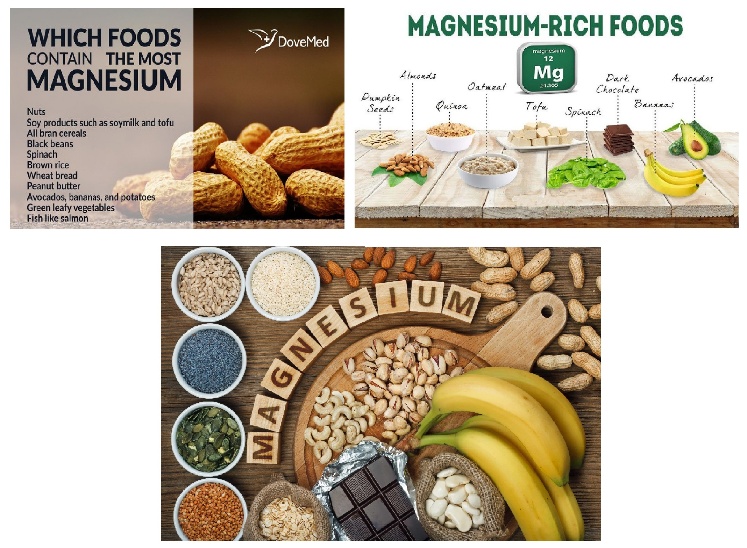
It is also advisable to drink plenty of plain water, cinnamon, and food rich in magnesium such as avocado, banana and nuts, vitamin B such as grapes, strawberries, apples, and kiwi and vitamin D, such as eggs, salmon, peas, and milk.
Several natural remedies may also be tried:
Some herbal drinks are very popular and useful, such as Ginger, Mint, Chamomile, and green tea. Others may be used as topical ointments (rich in natural oils) such as Lavender, Colocynth, and Agnus Casthus. Aloe Vera is also very popular, whether as a drink or a topical ointment.



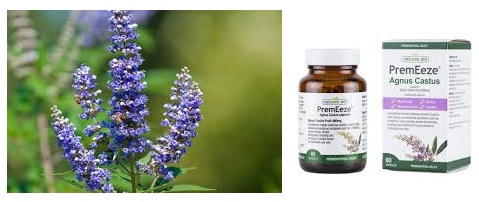
Several medications may be useful in dysmenorrhea:
Finally, pain killers, especially Mefenamic Acid is very useful, so is spasmolytics such as Colospasmin. Some cases may benefit from some diuretics to relieve fluid distention and venous congestion, and some may need Diosmin to reduce venous congestion. Others may benefit from hormonal medication or contraception pills.
My Best wishes



